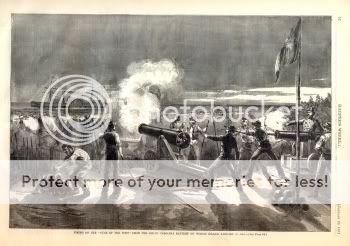JimBowie1958
Old Fogey
- Sep 25, 2011
- 63,590
- 16,761
- 2,220
They fought a war attempting to remove themselves from the United States of America.
They may have been patriots. But patriotism towards a despicable cause is not an admirable trait.
Did the confederates ethnically cleanse anyone like the USA did?
Given the opportunity, they might have.
And so you will punish and ridicule the descendants for what their ancestors MIGHT have done.....lol.
Libtards are libtards and there is nothing for it.

